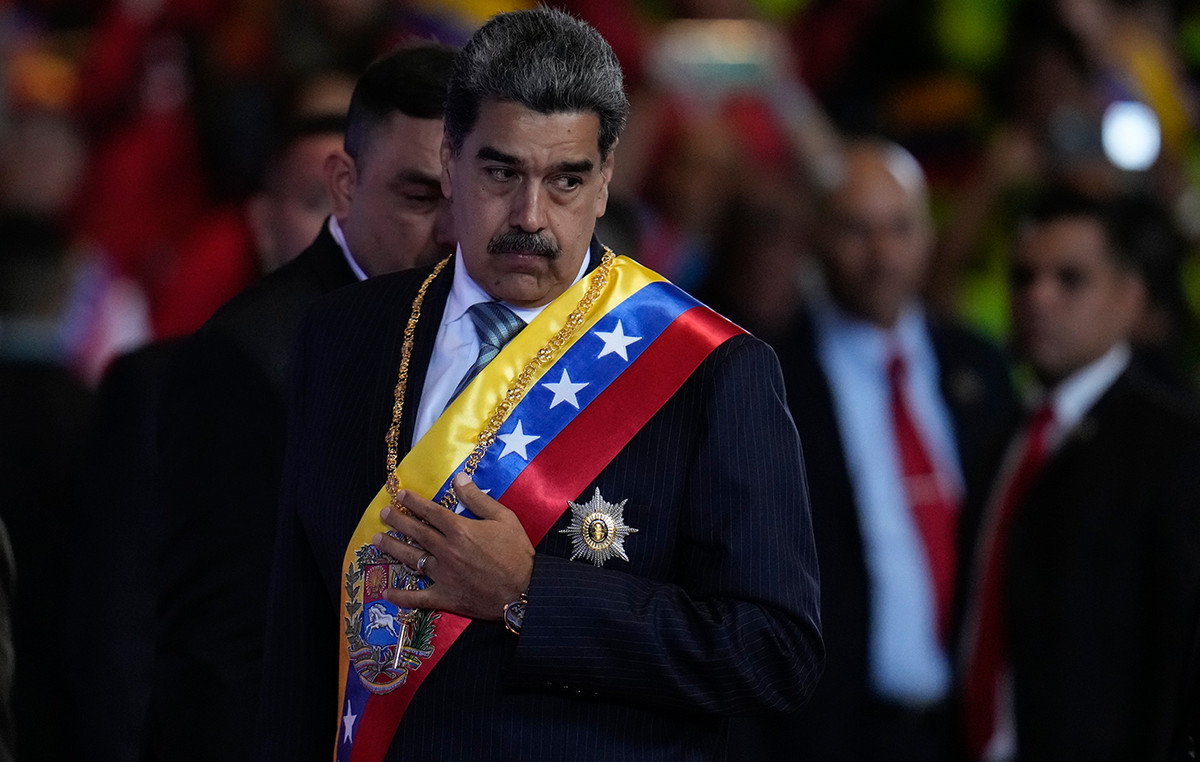China sent 47 aircraft across the midline Taiwan Strait on Sunday, the biggest incursion into Taiwan’s air defense zone in recent months, as Beijing steps up efforts to normalize aggressive military operations around the self-ruled island.
The raids were made by 42 J-10, J-11, J-16 and Su-30 fighters, two Y-8 maritime patrol aircraft, a KJ-500 early warning aircraft, as well as a CH-4 and a drone. military WZ-7, according to Taiwan’s Ministry of Defense.
The ministry also said that a total of 71 Chinese aircraft had been sighted around the island and that Taiwan’s military had responded by deploying combat air patrol aircraft, navy ships and land-based missile systems.
The flights, part of a so-called “attack exercise” according to China’s military, follow naval exercises by a Chinese aircraft carrier group in the Western Pacific near Japan on Friday.
The Communist Party of China sees Taiwan – a democratically governed island of 24 million people – as part of its territory, despite never having controlled it. It has long promised to “reunify” the island with the Chinese mainland, by force if necessary.
Tensions around Taiwan have risen sharply this year. A visit to the island by US House Speaker Nancy Pelosi in August provoked a fury from the Communist Party and an immediate flurry of military drills.
Since then, Beijing has stepped up aggressive military pressure tactics on the island, sending fighter jets across the midline of the Taiwan Strait – the body of water separating Taiwan and China – and into the island’s air defense identification zone.
For decades, the median line served as an informal demarcation line between the two, with rare military incursions across it.
The latest activities came when the Chinese military’s Eastern Theater Command said on Sunday it had conducted a joint combat readiness patrol and “strike exercises” around Taiwan in response to “provocations” between Taiwan and the United States, without providing specific details.
“Troops will take all necessary measures to resolutely defend national sovereignty and territorial integrity,” Eastern Theater Command said.
On Friday, US President Joe Biden signed a new defense bill that included establishing a defense modernization program for Taiwan to deter Chinese aggression.
Taiwan’s defense ministry responded in a statement on Sunday night that it has confidence in defending its sovereignty. “The Chinese Communist Party’s actions highlighted its mentality of using force to resolve differences, which undermines regional peace and stability,” he said.
“Cooperation between Taiwan and the United States will help protect a free, open and stable Indo-Pacific region. The military will continue to strengthen military preparedness based on enemy threats and self-defense needs,” he added.
In November, Biden met in person with Chinese leader Xi Jinping for the first time during his presidency at the G20 summit in Indonesia. Biden later described the three-hour meeting as “open and frank” and cast doubt on an imminent invasion of Taiwan.
Formal bilateral talks on climate cooperation are expected to resume, as well as part of a broader set of deals between Biden and Xi, after China previously stalled talks as part of retaliation for Pelosi’s visit to Taiwan.
Exercises near Japan
Last Friday, China also held a series of military exercises near Japan’s southern island of Okinawa in the Pacific Ocean, according to Japanese officials.
The Chinese navy aircraft carrier Liaoning, as well as two destroyers and a frigate, sailed about 560 kilometers east of Kitadaito Island, located off the east coast of Okinawa, on Dec. 21, according to Japan’s Joint Chiefs of Staff. The vessels also sailed about 120 kilometers east of Okinotorishima, which is located further south-east, on December 22.
On Friday, about 180 carrier-based fighter jets and helicopters took off and landed on the aircraft carrier Liaoning, according to Japan’s Ministry of Defense.
The Ministry of Defense and the Japan Self-Defense Forces responded by sending two escort ships to collect intelligence and carry out alerts and surveillance, it said.
Tensions between China and Japan have also steadily increased, with Beijing increasing its naval and air forces in areas close to Japan. China also claims the Japanese-controlled Senkaku Islands in the East China Sea.
Chinese ships have made frequent forays near the islands, which they call the Diaoyus, while Japan sends warplanes almost daily in response to Chinese planes approaching its airspace.
Earlier this month, Japan unveiled a new national security plan that signals the country’s biggest military buildup since World War Two, doubling defense spending and deviating from its pacifist constitution in the face of growing threats from China, North Korea and Russia. .
Source: CNN Brasil
Bruce Belcher is a seasoned author with over 5 years of experience in world news. He writes for online news websites and provides in-depth analysis on the world stock market. Bruce is known for his insightful perspectives and commitment to keeping the public informed.







